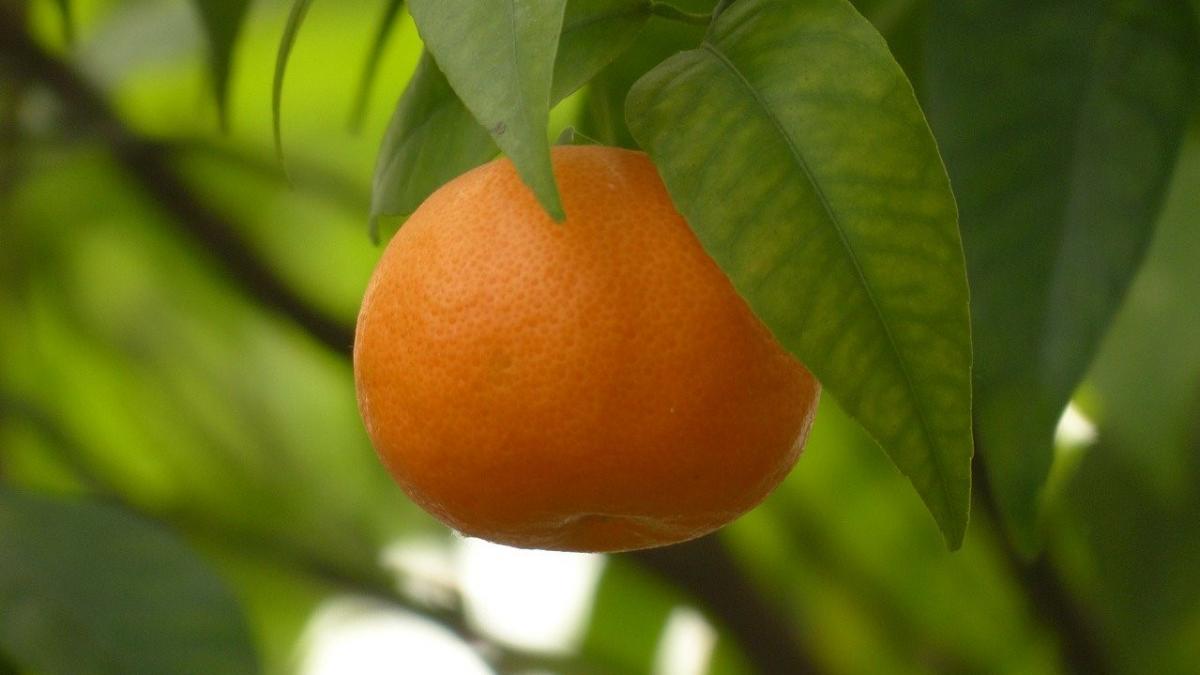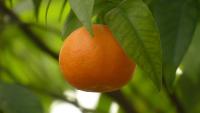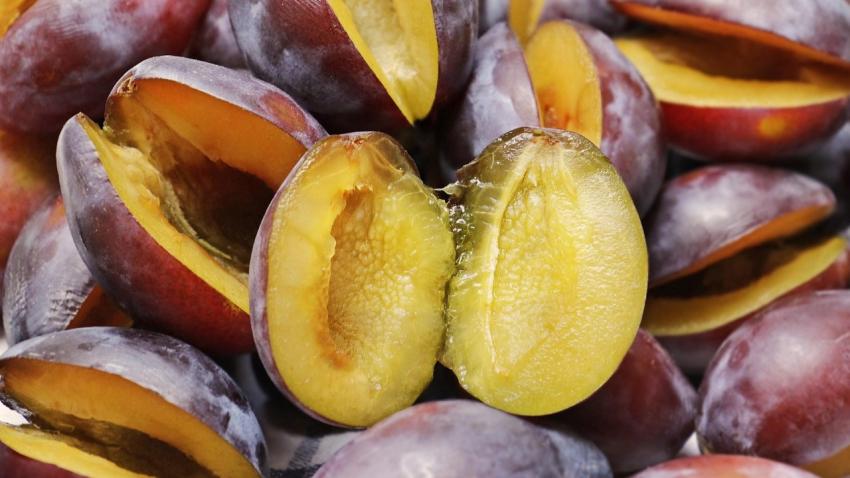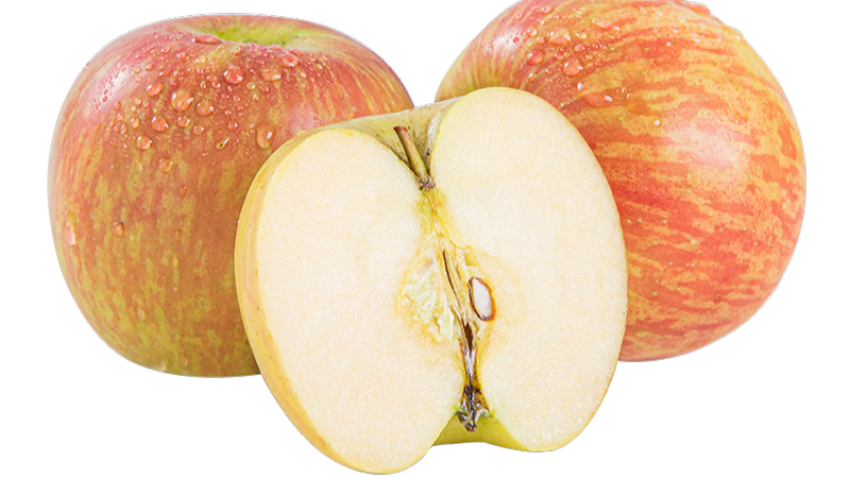You are here
Back to topFive Fruits to Look Out for Under EU’s New Phytosanitary Regulations

The European Commission recently unveiled its latest plant phytosanitary requirements, making adjustments to Regulation (EU) 2016/2031 on protective measures against plant pests (“Plant Health Law”), which regulates the management of harmful organisms, plants, plant products and other quarantine items, as well as quarantine requirements. The changes are expected to affect five different Chinese fruits exported to the EU, namely, citrus, apples, pears, mangos and plums.
The new regulations clarify the list of quarantine pests for the aforementioned fruits and require exporter countries to perform quarantine procedures in accordance with the law and issue plant quarantine certificates. Chinese customs must provide a status update in writing of pest-free areas in advance and receive approval from the European Commission. Taking citrus as an example, the EU has recognized China as a disease-free area with respect to Xanthomonas campestris and Phaeoramularia angolensis, although fruits originating from areas known to be affected by Xanthomonas axonopodis pv. citri or Phyllosticta citricarpa (McAlpine) Aa are subject to specific quarantine requirements. Production areas as well as their neighboring areas must implement preventative measures against the targeted pathogens using methods approved by the European Commission; prior to export, customs authorities must inspect the fruits and confirm that no harmful organisms were detected, and phytosanitary certificates must include information regarding traceability and any processing methods used. The traceability information must include the registration number of the packing plant and details such as the orchard and batch number.
The new requirements primarily revolve around additional statements in the phytosanitary certificates. Taking the certification requirements for exported citrus as an example, there are four circumstances under which the EU requirements must be implemented and declared on the statement:
- For fruits originating from areas not affected by X. campestris, P. angolensis, X. axonopodis pv. citri or P. citricarpa (McAlpine) Aa, from the start of the last full growing period until within three months of harvesting, customs authorities must conduct official inspections at least once per month on susceptible fruits and confirm the absence of non-European fruit flies. Fruits harvested from these areas must also be free of other pests, as confirmed by official inspections.
- Fruits originating from areas previously quarantined for X. axonopodis pv. citri but meeting the other stipulations of the first requirement must be subjected to appropriate treatment and preventative measures, including sanitization with sodium hypochlorite, and be declared free of the pathogen prior to export by customs authorities following official inspection.
- For fruits originating from areas previously quarantined for P. citricarpa (McAlpine) Aa but meeting the other stipulations of the first requirement, customs authorities must have conducted inspections since the start of the last growing cycle and detected no fruits with symptoms of the pathogen. Furthermore, representative samples of fruits from these areas must be tested and confirmed to be free of symptoms prior to export.
- Fruits originating from regions that have simultaneously had occurrences of X. axonopodis pv. citri and P. citricarpa (McAlpine) Aa must satisfy requirements 1, 2 and 3.
Currently, Chinese fruits being exported to Europe must meet the following three inspection and quarantine requirements. First, the fruits must originate from registered orchards and packing facilities. Second, with regard to citrus, orchards must implement targeted preventative measures against pathogen spread; citrus originating from areas affected by X. axonopodis pv. citri must also be subjected to appropriate treatment measures prior to export. Finally, for all five of the aforementioned fruits of note to the EU (citrus, apples, plums, mangos and pears), the growing areas must be inspected by customs authorities at set times and be reported free of the pests regulated by the EU.
Image: Pixabay
This article was translated from Chinese. Read the original article.














Add new comment